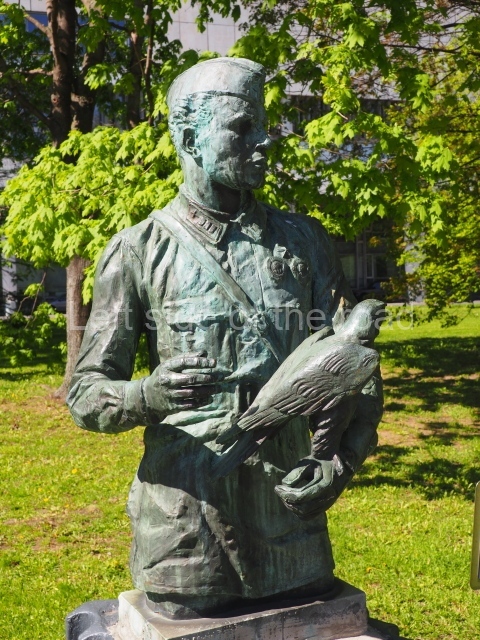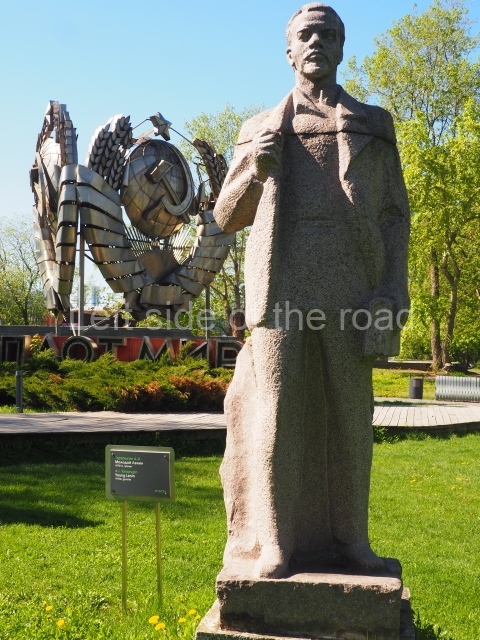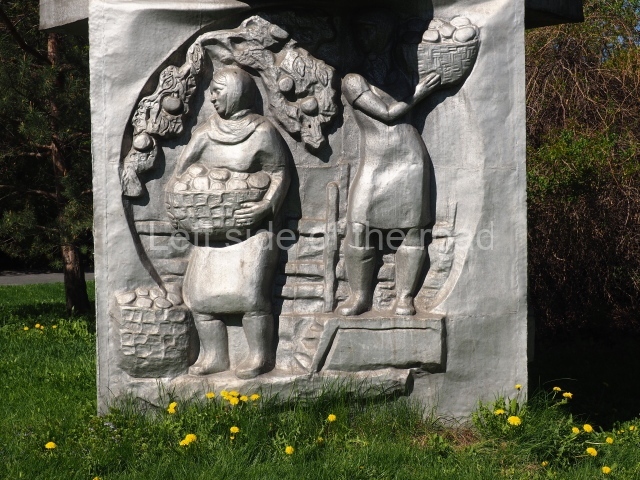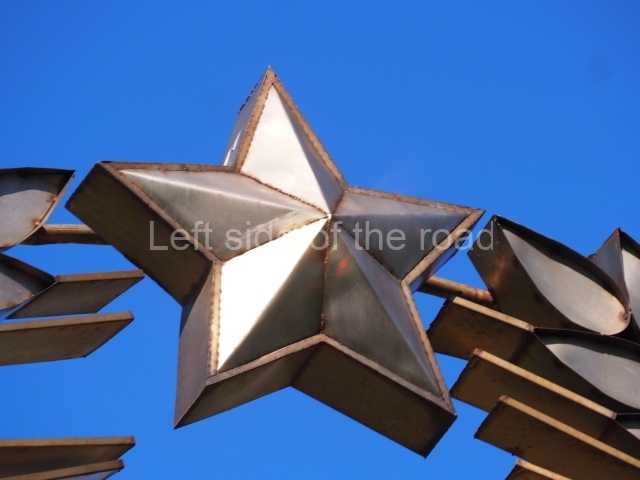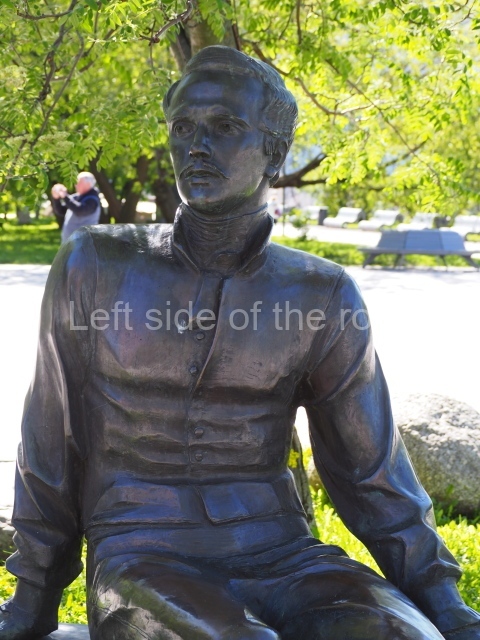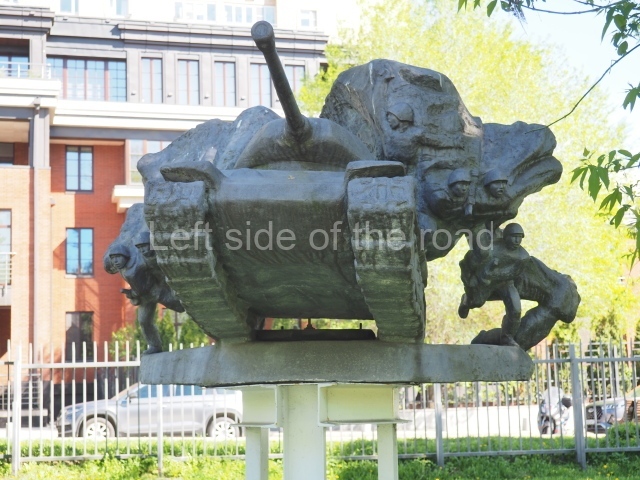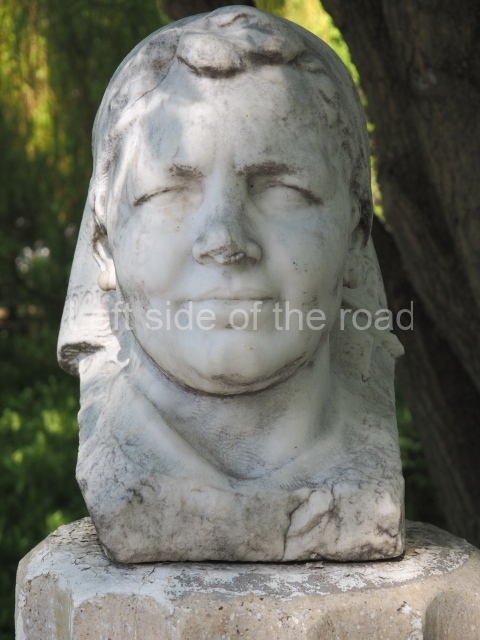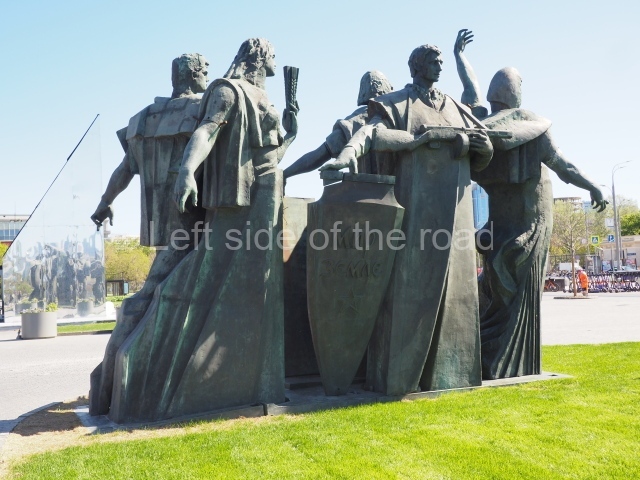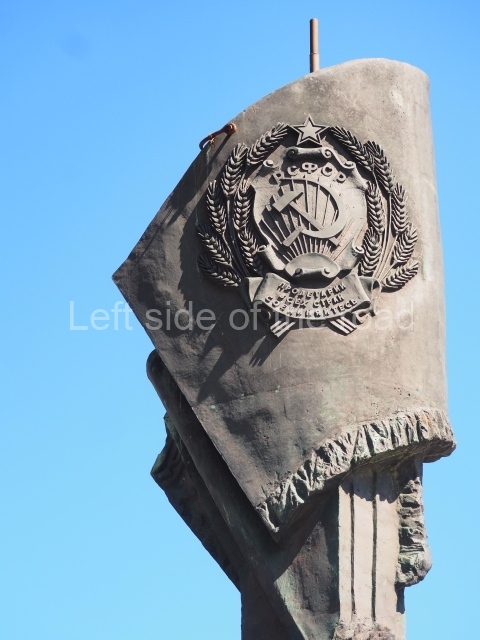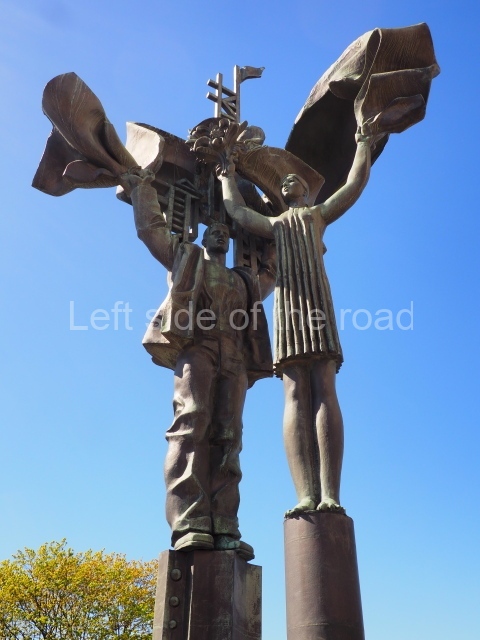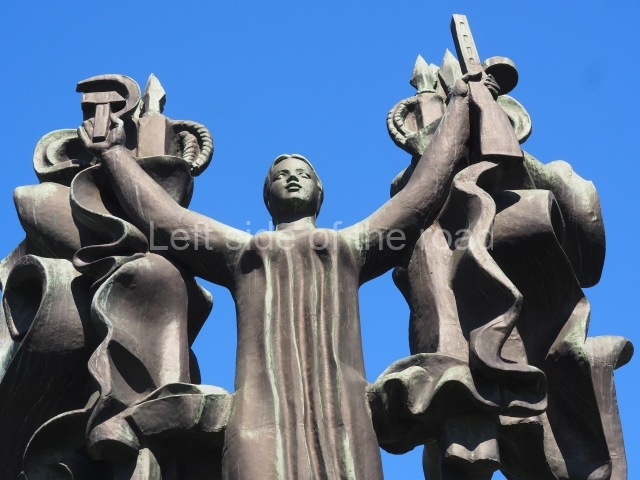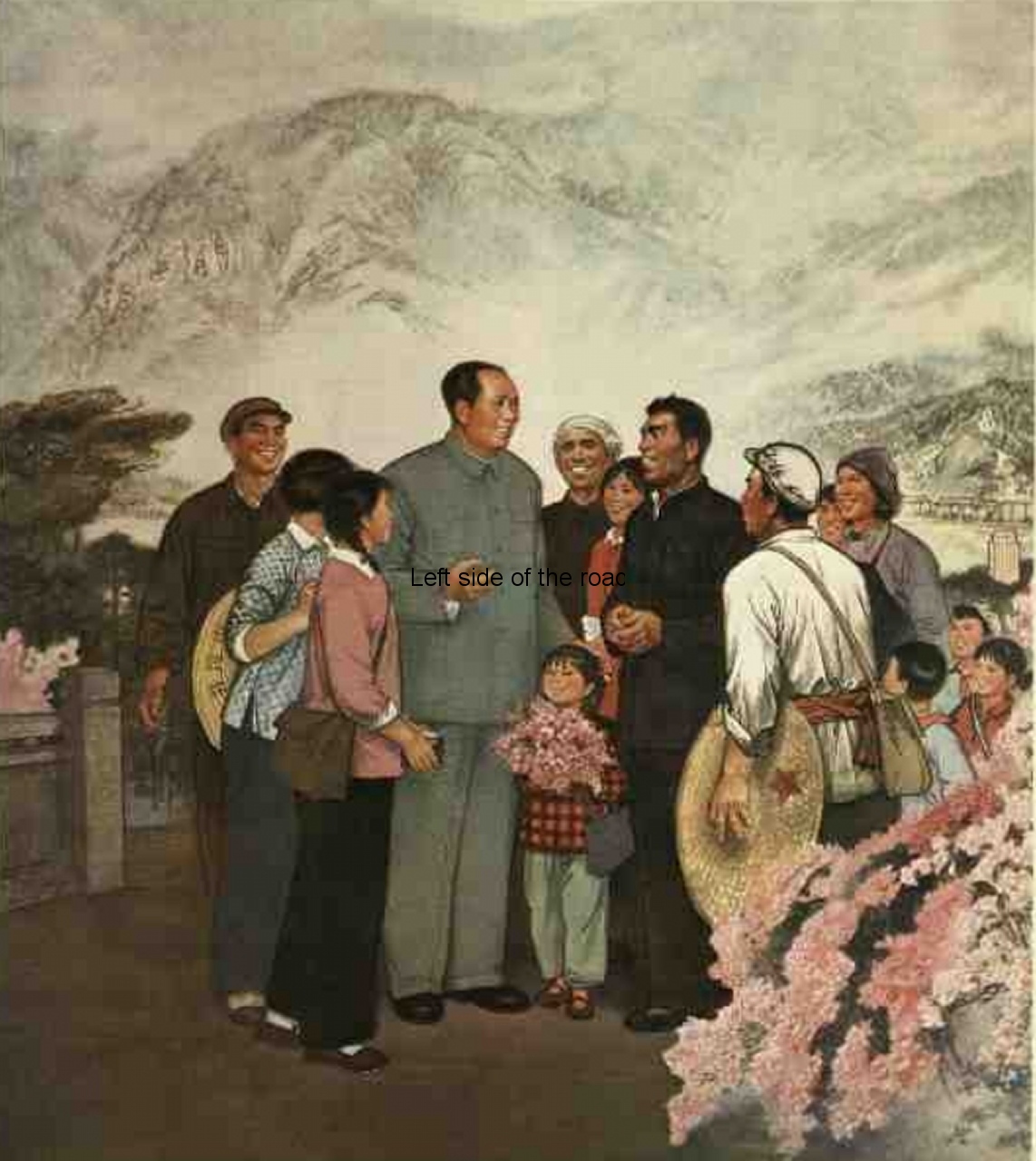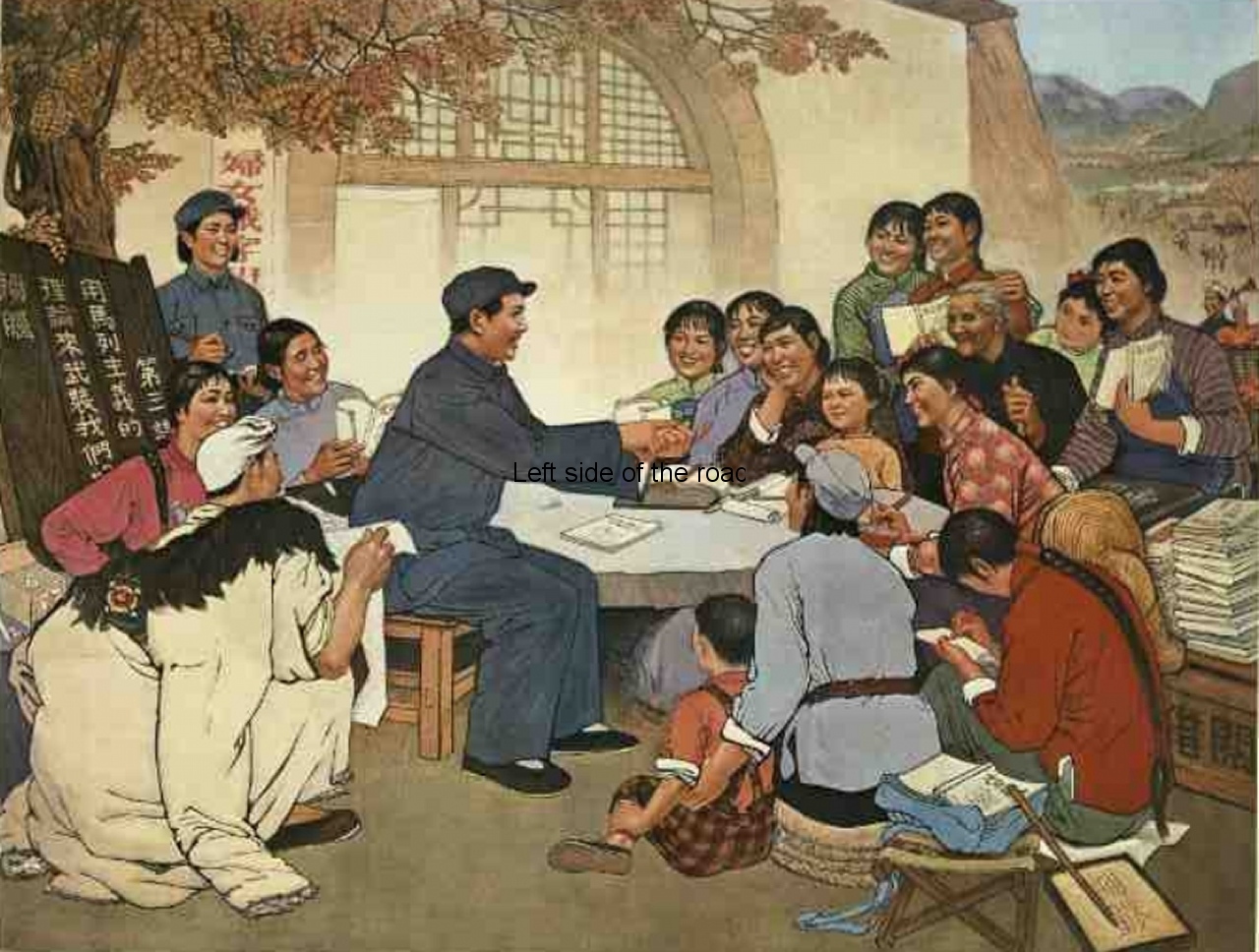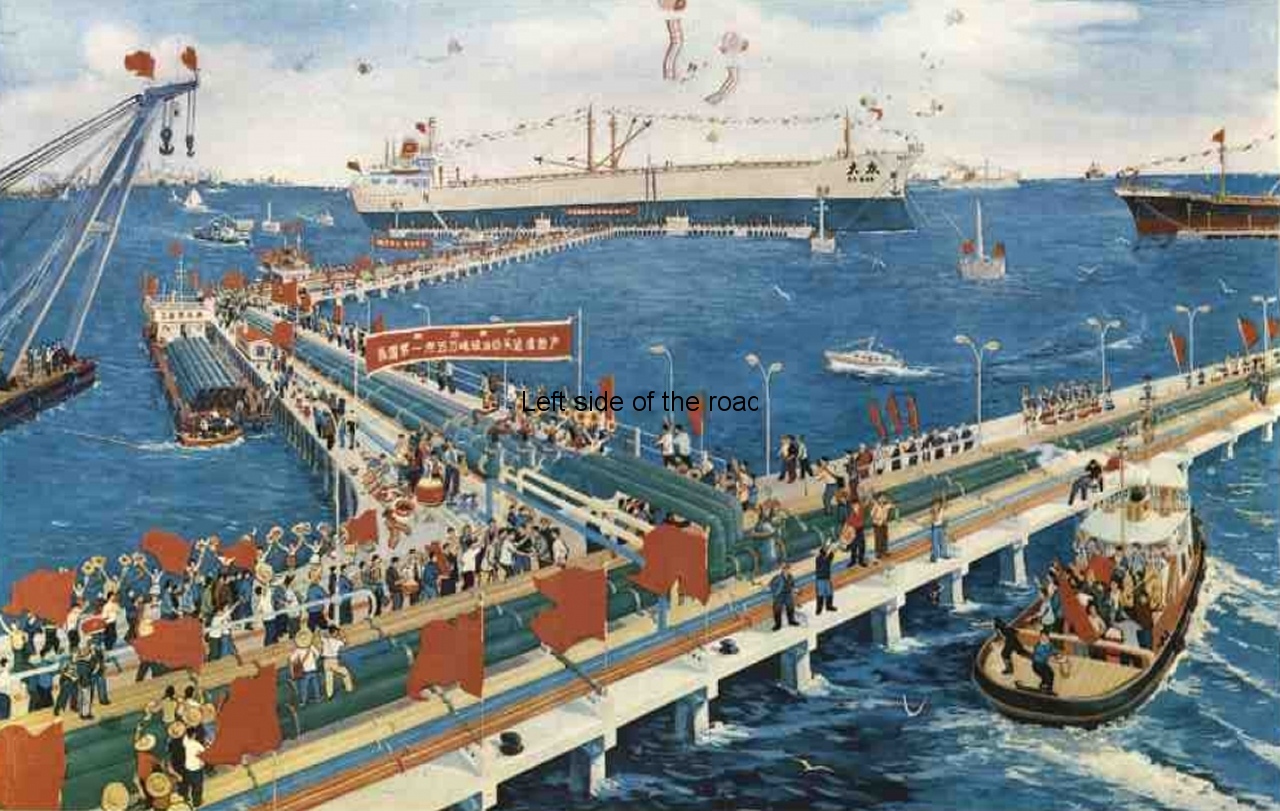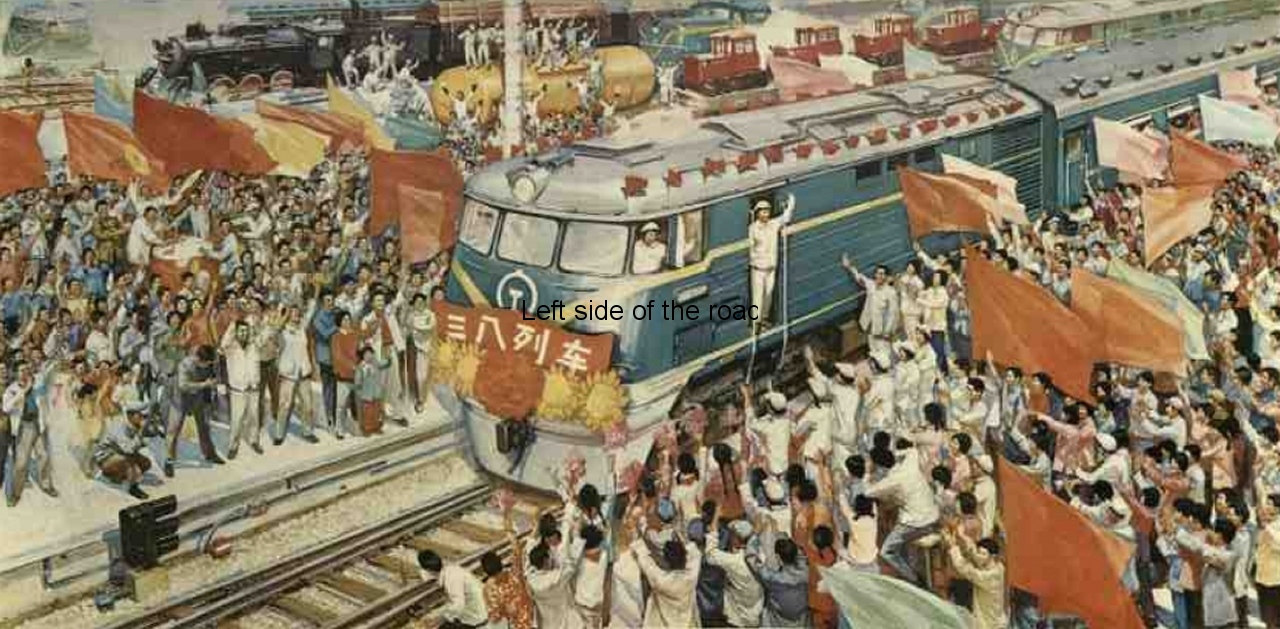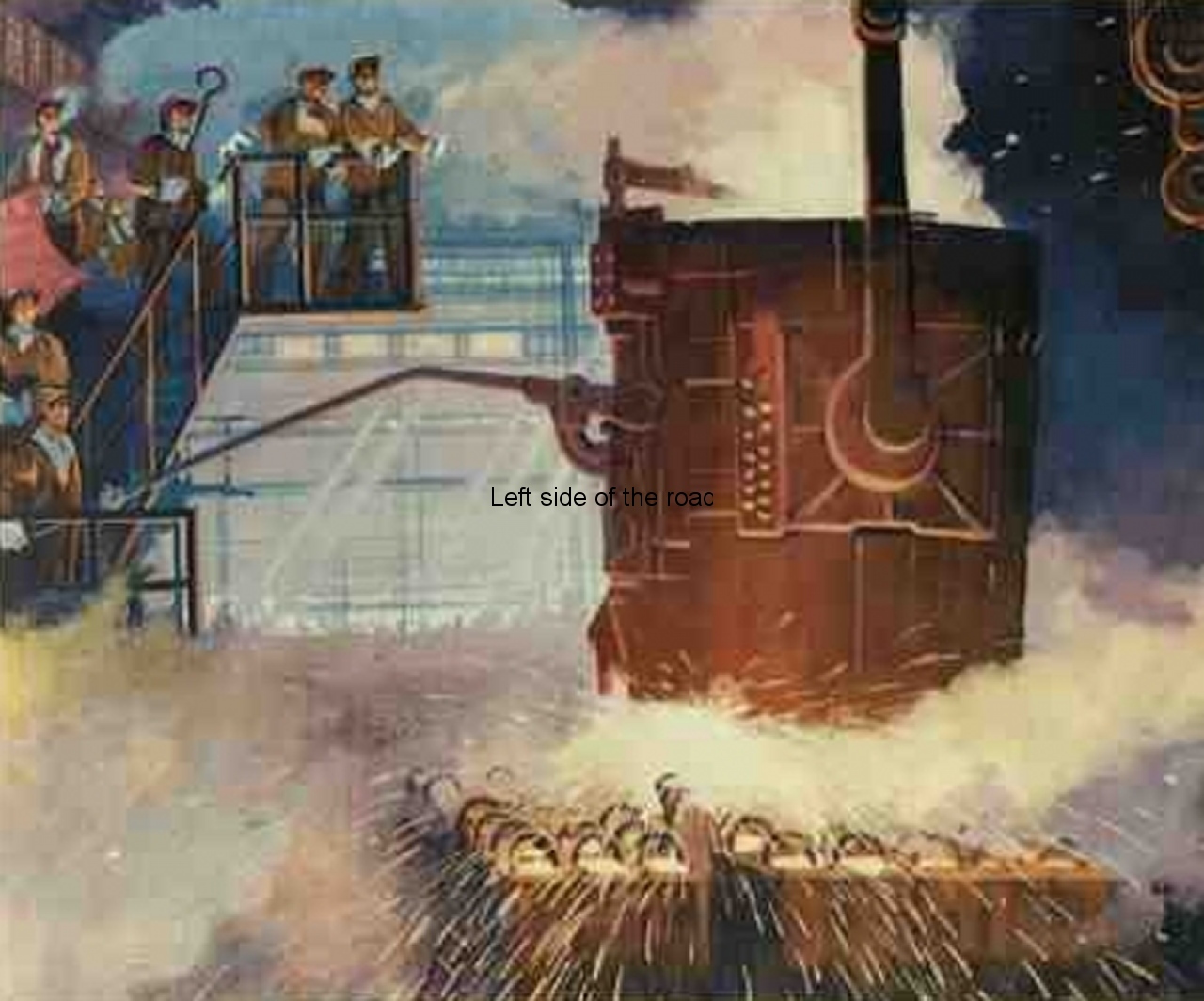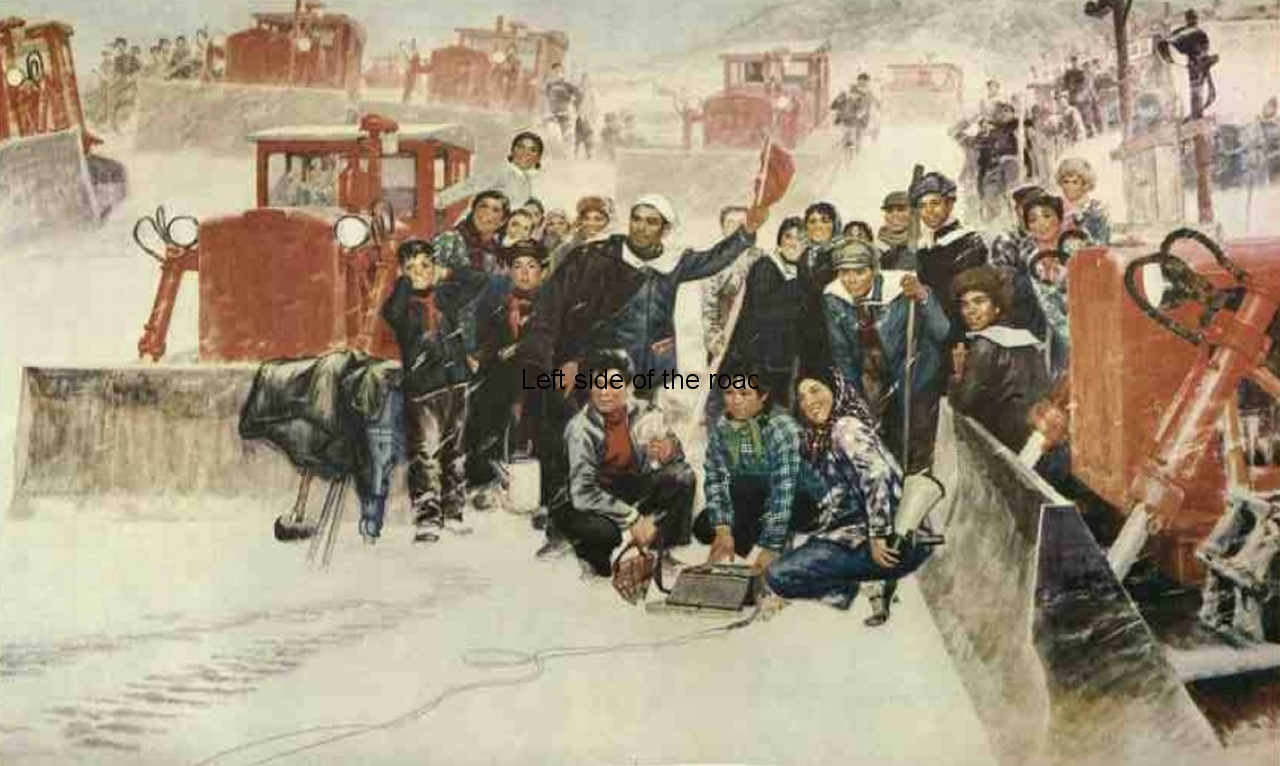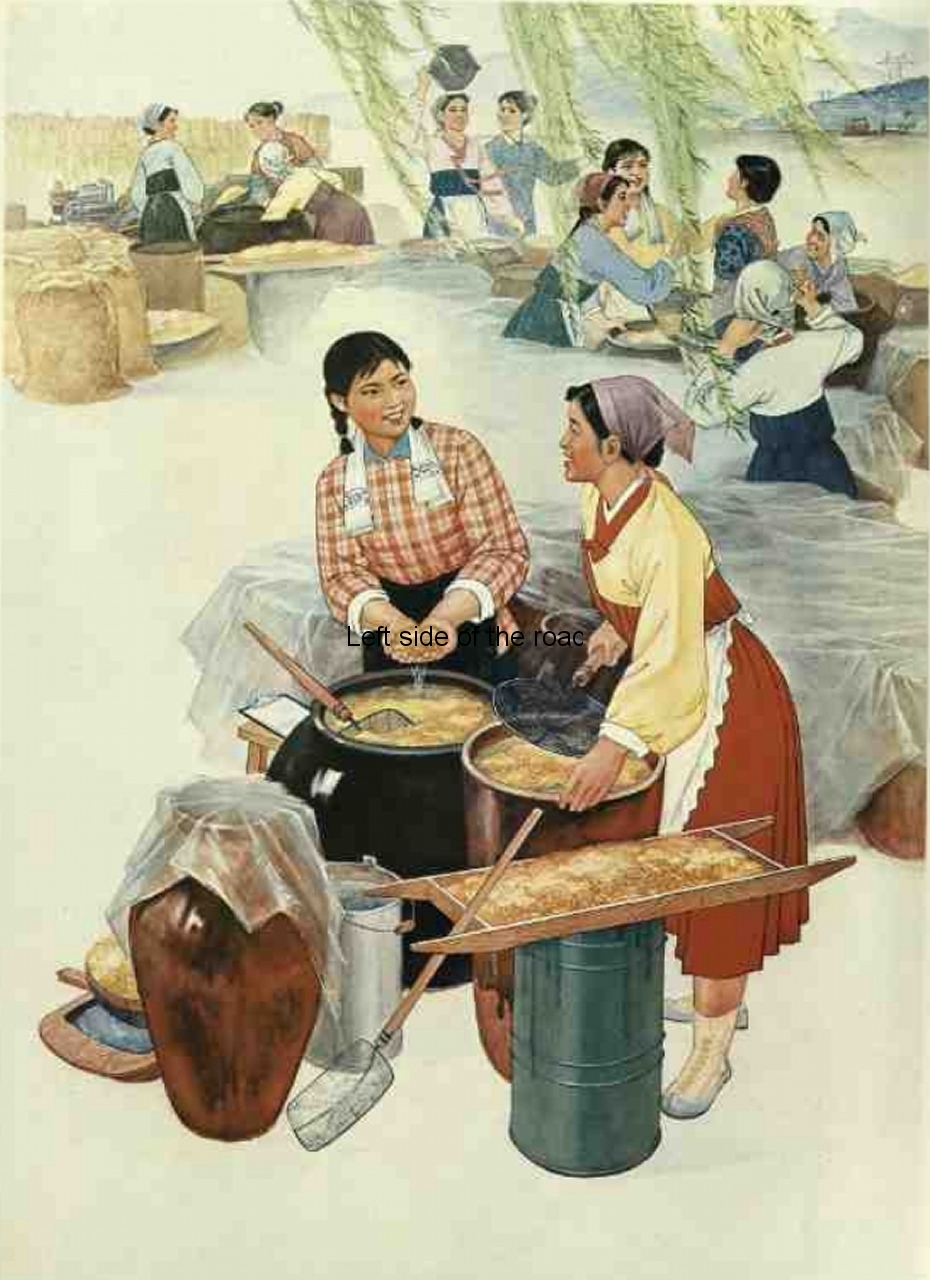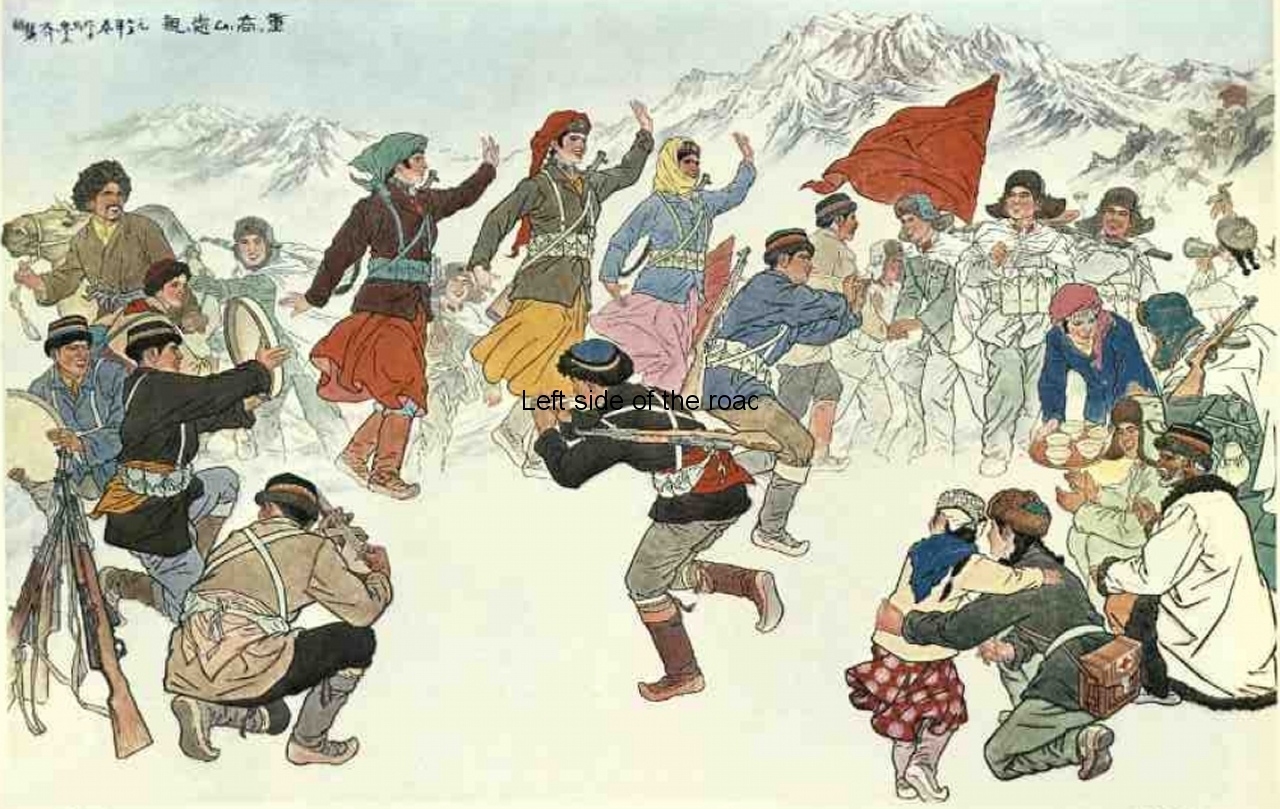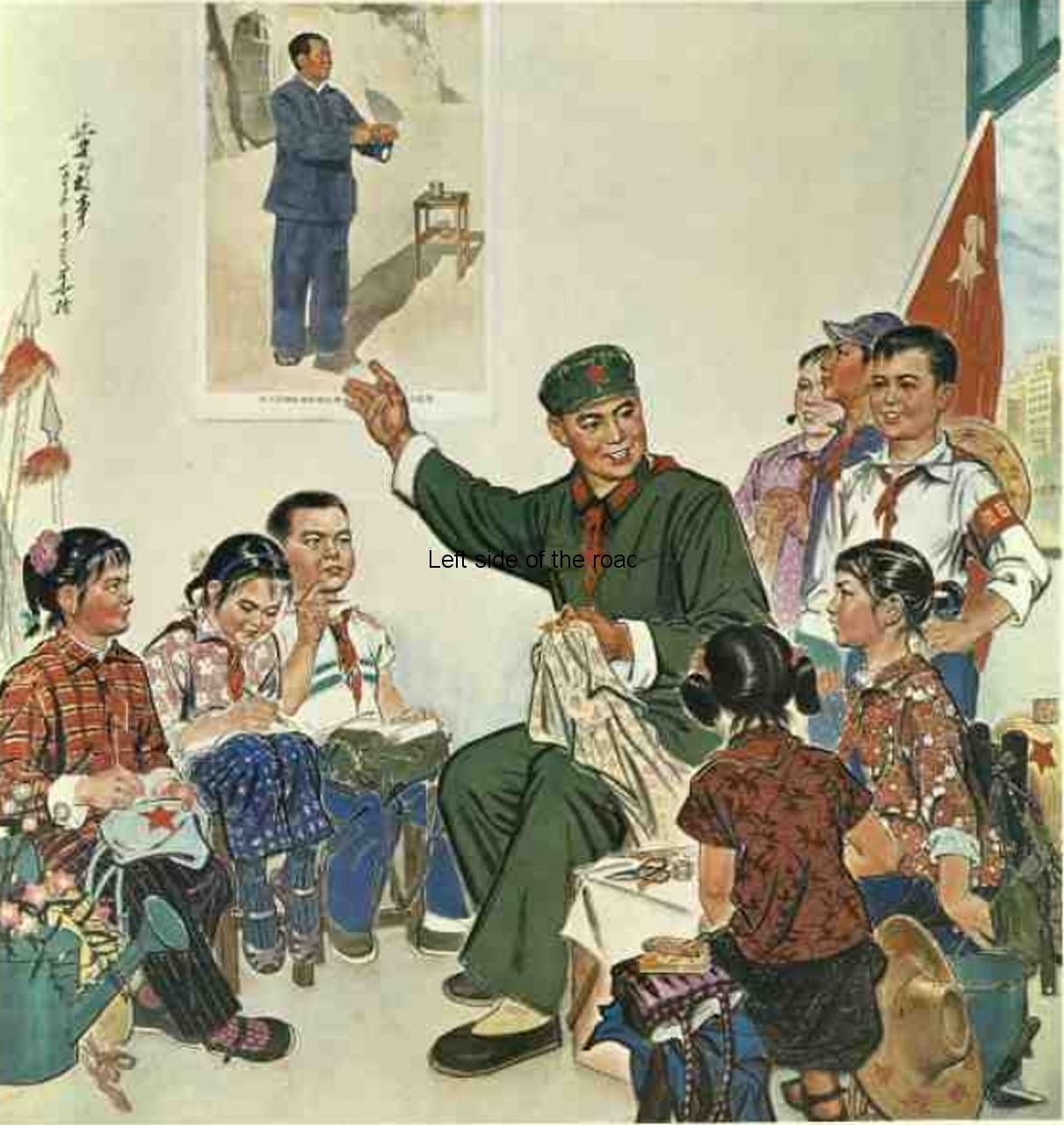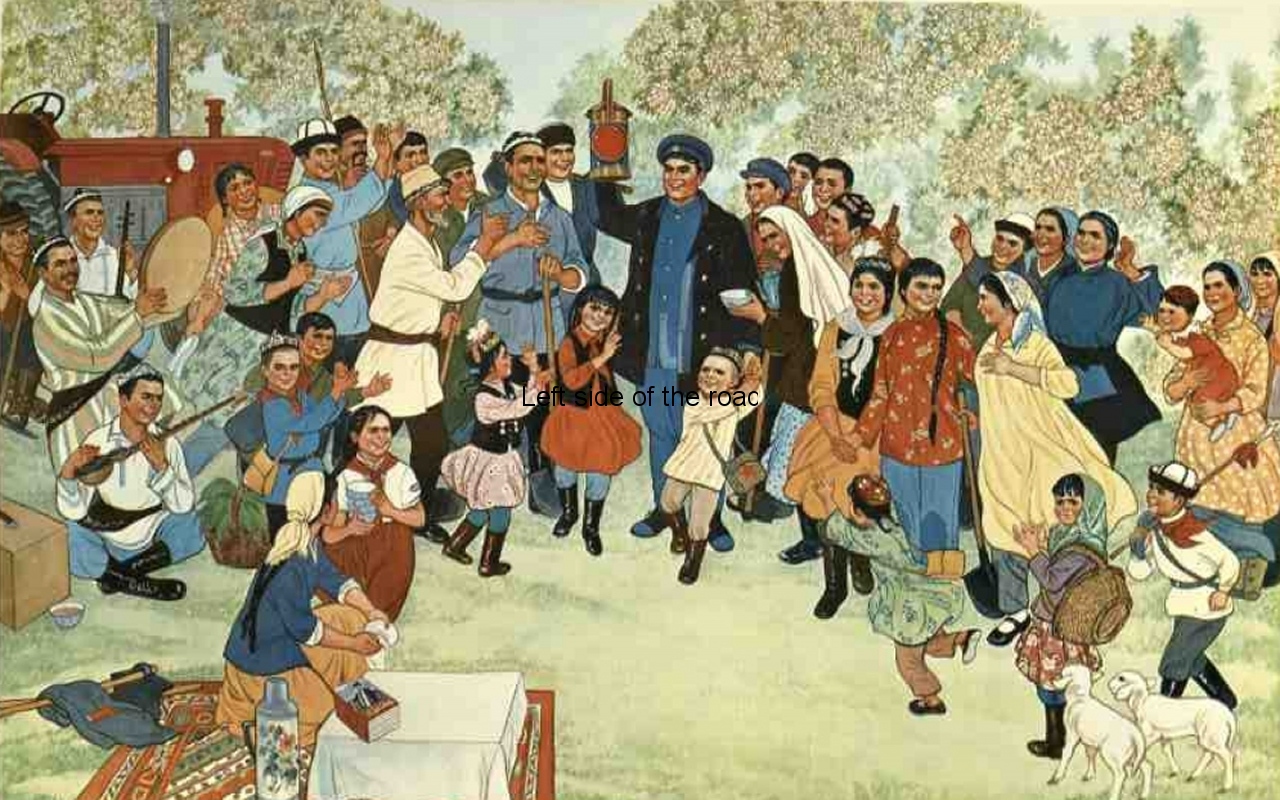Park of the Fallen/Muzeon Art Park
Presented in the slide show below are images taken of some of those monuments and statues produced during the period of the construction of Socialism in the Union of Soviet Socialist Republics (USSR).
With the victory of reaction against the (admittedly weak and already corrupted revisionist) Socialist state in the 1990s many of these monuments and statues were removed from public spaces and many were left to rot. However, a re-assessment of the role of Socialist leaders of the past and with a mix of opportunism from the ruling capitalists that they could easily create another tourist attraction in the city led to the re-erection of these statues in the vicinity of the modern art gallery – which also displays art produced during the Socialist period.
The works presented here were produced over a period of about 50 years, representing the thinking of the revolutionary period as well as the period of revisionism and capitalist restoration. Those later works are included as they still represented a glimmer of the hope for a new future.
Included at images of VI Lenin, JV Stalin, Karl Marx, MI Kalinin and FE Dzerzhinsky, as well as Heroes of the Soviet Union.
Why some of these art works were considered controversial is difficult to understand. The Soviet leaders were the enemies of the new capitalist rulers so their removal can be understood. But why the references to peace or the statue of the female construction worker? Presumably it wasn’t what they are but the society that produced them and what they continue to represent.
The main concentration of the socialist art works are concentrated around the large metal emblem of the Soviet Union, in an area north west of the New Tretyakov Gallery. More contemporary sculptures are displayed in other parts of the park.
Related;
Socialist Realist Art in Albania
Museum of Socialist Art – Sofia, Bulgaria
Remnants of religious thinking in Albanian Socialist Art
The ‘Archive’ Exhibition at the Tirana Art Gallery
Socialist Realist Paintings and Sculptures in the National Art Gallery, Tirana
Related – other statues of revolutionaries in Moscow
Ernst Thälmann – German Communist leader – statue in Moscow
Location;
In Muzeon Art Park, in which is also located the New Tretyakov Art Gallery (the gallery of 20th century Russian art).
How to get there;
The park is across the bridge over the River Moskva from the Park Kultury metro station and beside the main road that leads past the Oktyabrskaya metro station in the direction of the river. The main entrance to Muzeon Art Park is directly opposite the main entrance to Gorky Park.
GPS;
55°44′4.29″N
37°36′17.51″E






